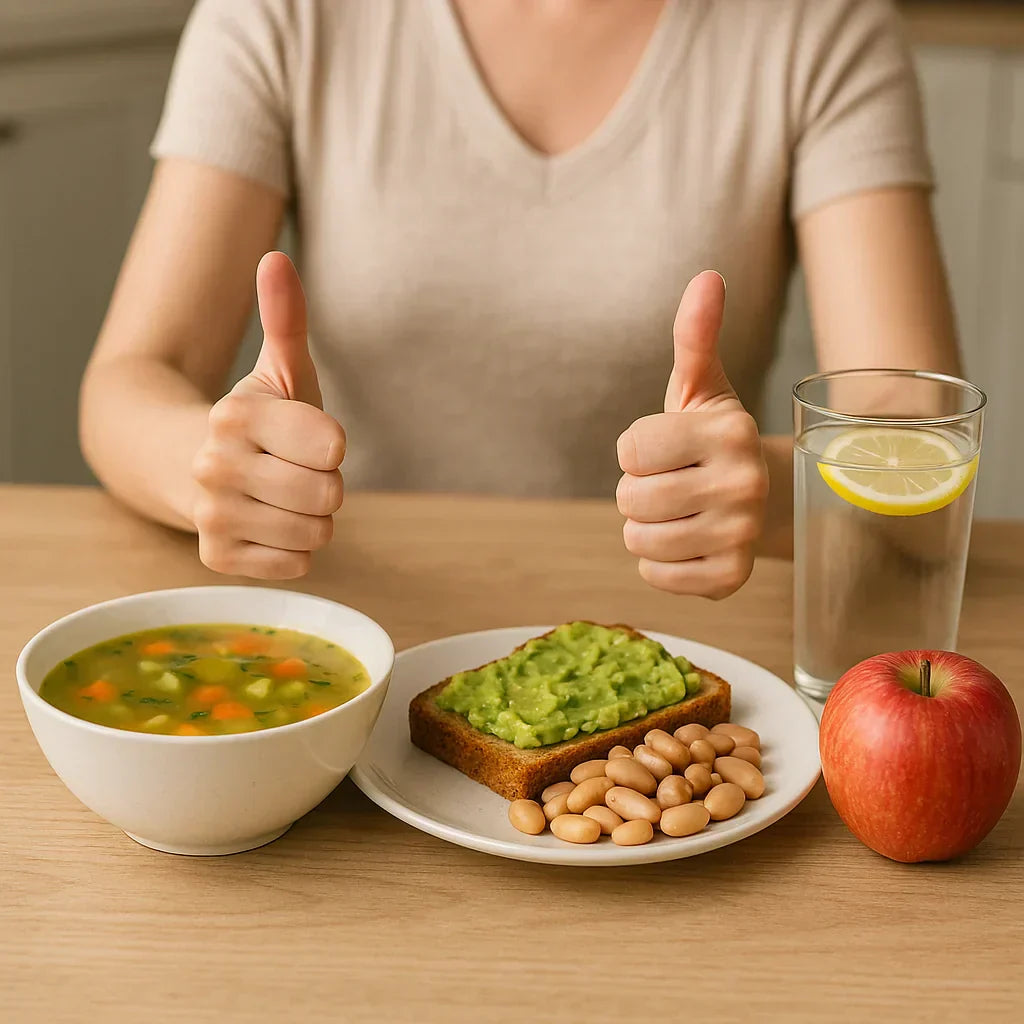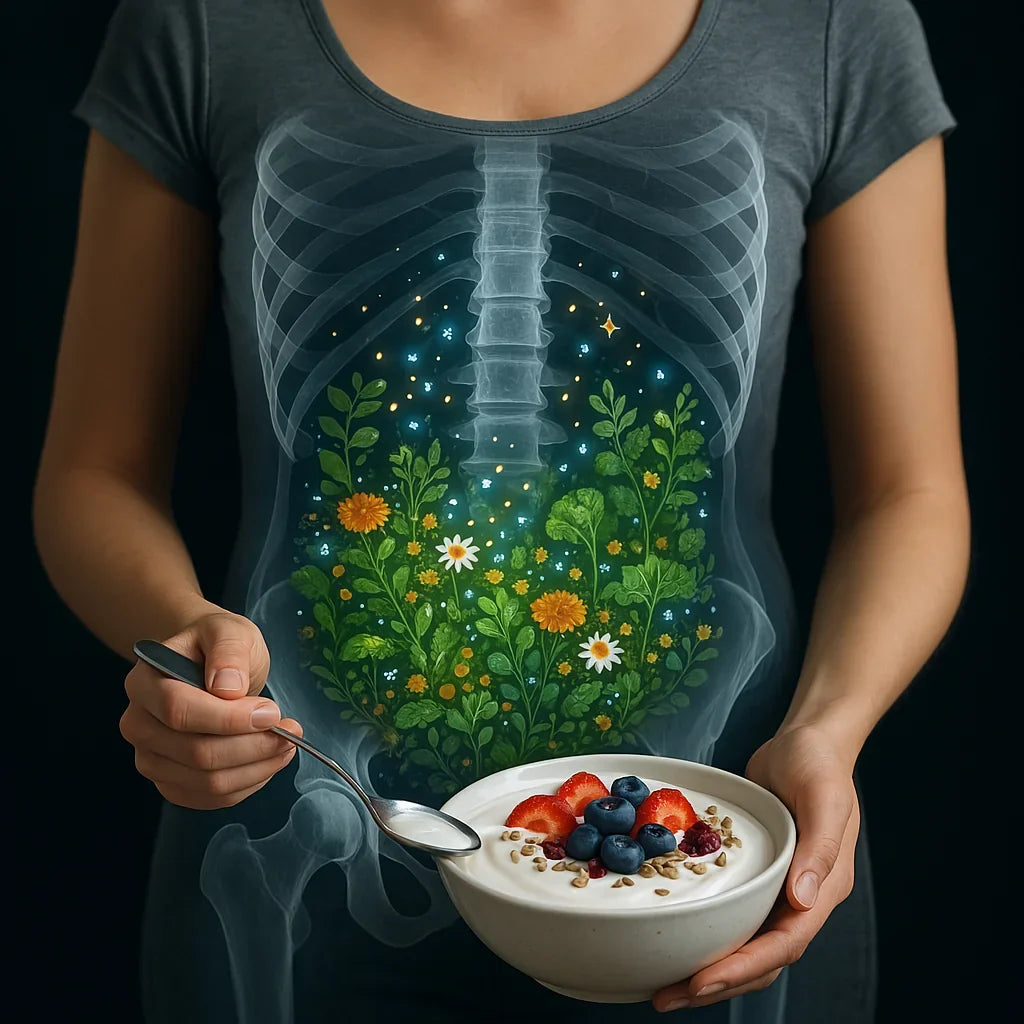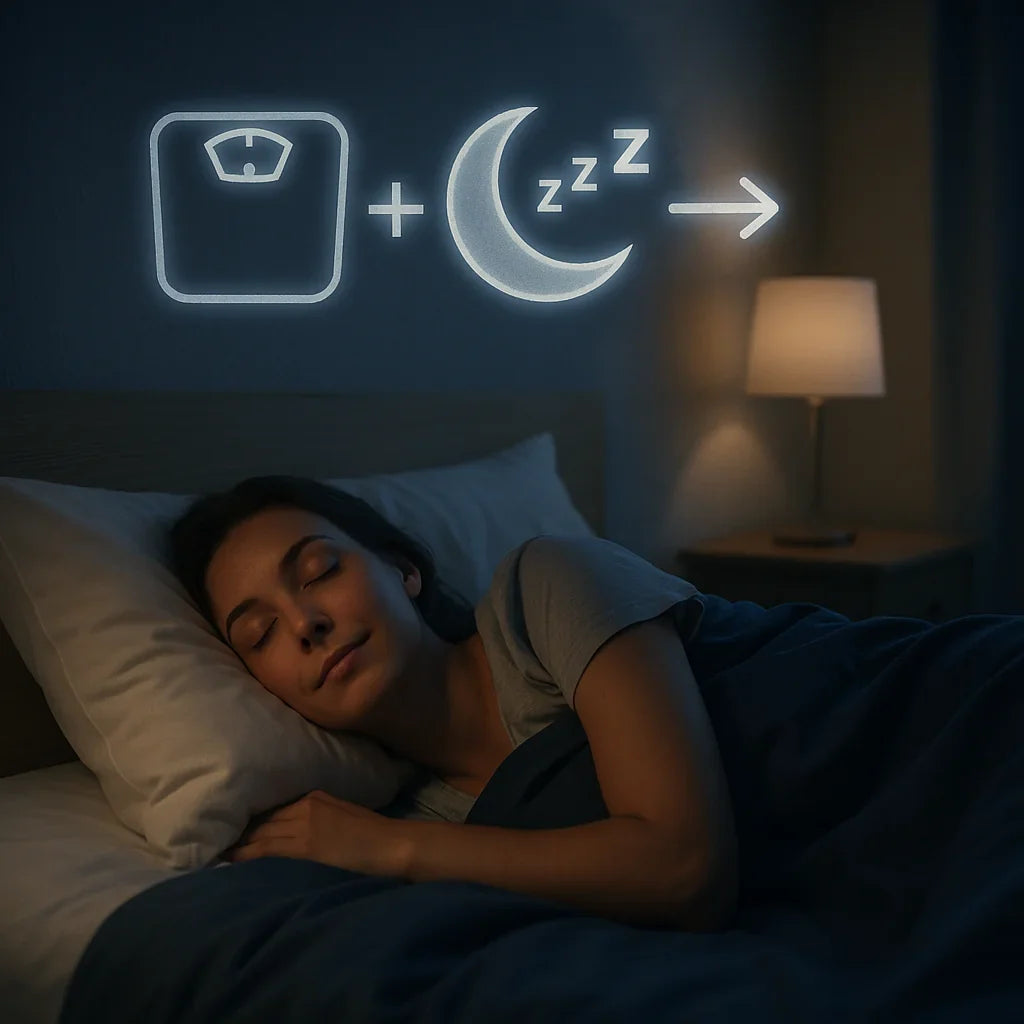Hunger Hormones 101: GLP-1 vs. Ghrelin and How to Outsmart Cravings

Ever feel like your stomach has a mind of its own? It kind of does! Meet ghrelin and GLP-1 – the hunger and fullness hormones. This guide breaks down how they work and how you can outsmart cravings by working with, not against, these hormones.
Picture this: You finish lunch, vowing that’s it until dinner. But by 3 PM, your stomach’s growling and a cookie sounds irresistible. What gives? Enter the hormone ghrelin, often nicknamed “the hunger gremlin” (easy to remember!). Ghrelin is produced in your stomach and rises before meals to scream “I’m hungry!” to your brain. After eating, ghrelin levels drop. On the flip side, GLP-1 and its partner hormone PYY rise when you eat, telling your brain “I’m full.” Think of ghrelin as the gas pedal for appetite and GLP-1 as the brake.
Understanding this hormonal tug-of-war can help you manage cravings and plan meals that keep you satisfied. Let’s break down Hunger Hormones 101:

Ghrelin: Your Hunger Signal
- What It Does: Ghrelin’s main job is to increase appetite. When your stomach is empty, ghrelin is released into the bloodstream and travels to the brain (the hypothalamus specifically) to generate the sensation of hunger. It also can slow metabolism slightly and promote fat storage – your body’s way of preventing starvation, in an evolutionary sense.
- When It Strikes: Ghrelin follows a diurnal rhythm and meal pattern. It tends to spike right before your typical mealtimes. Ever notice how if you always snack at 4 PM, you’ll get hungry then even if lunch was filling? That’s ghrelin on a schedule. It’s also why sticking to regular meal times can train your hunger.
GLP-1 (and friends): Your Fullness Team
Outsmarting Cravings with Hormone Hacks




